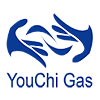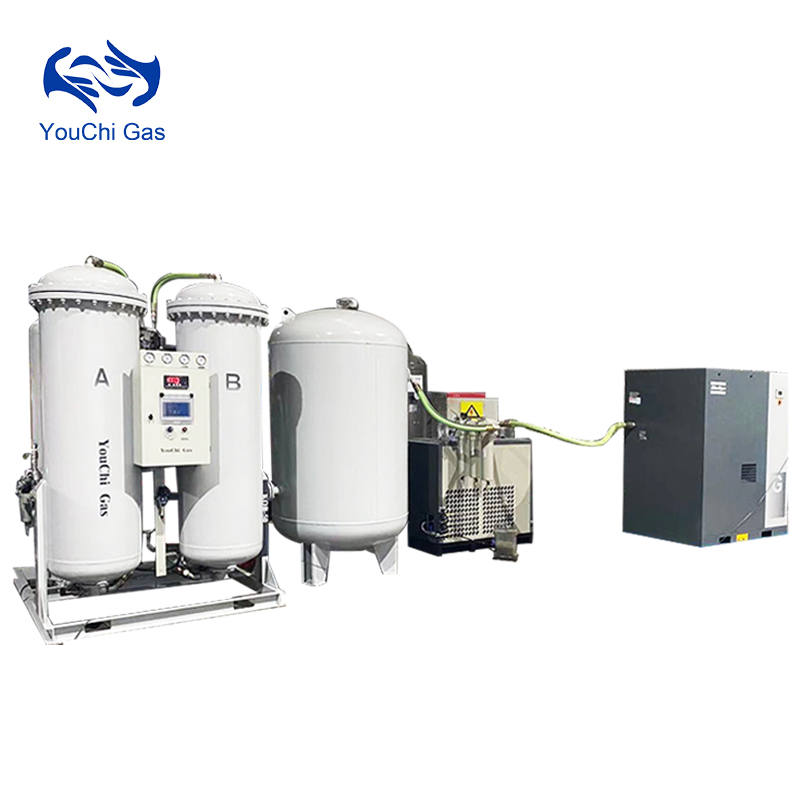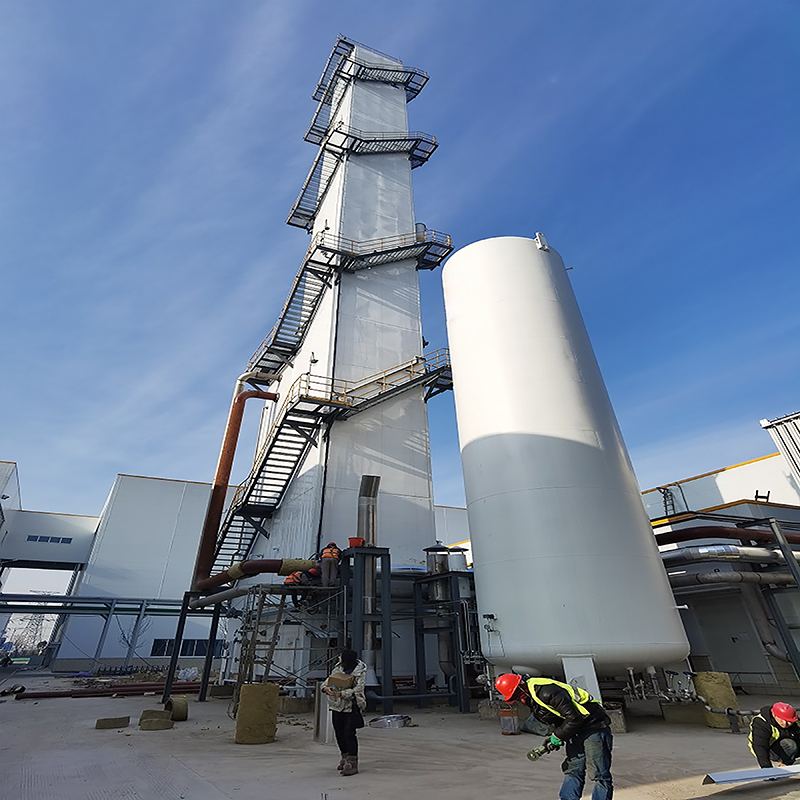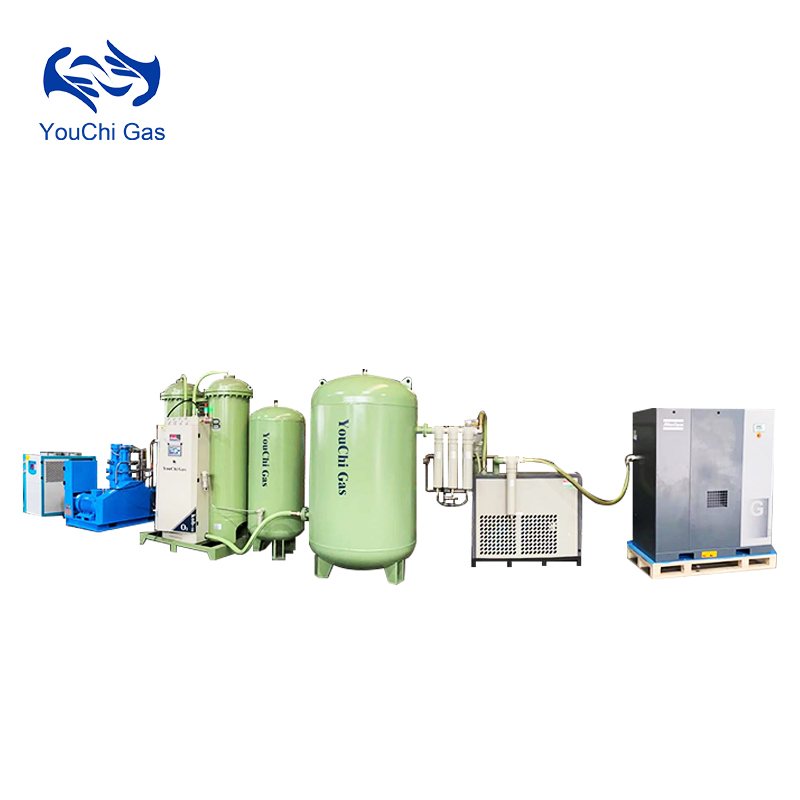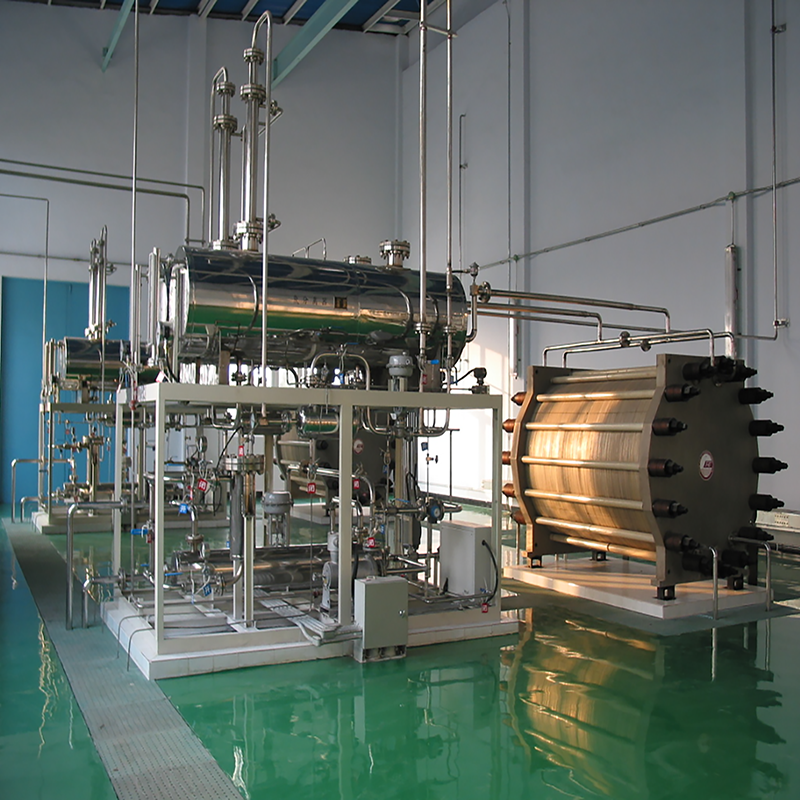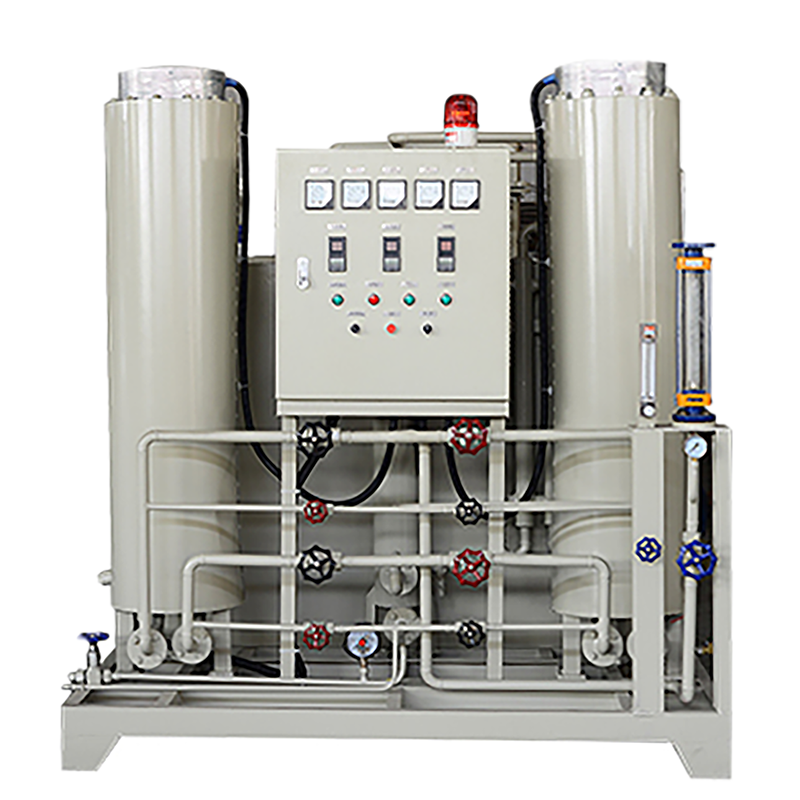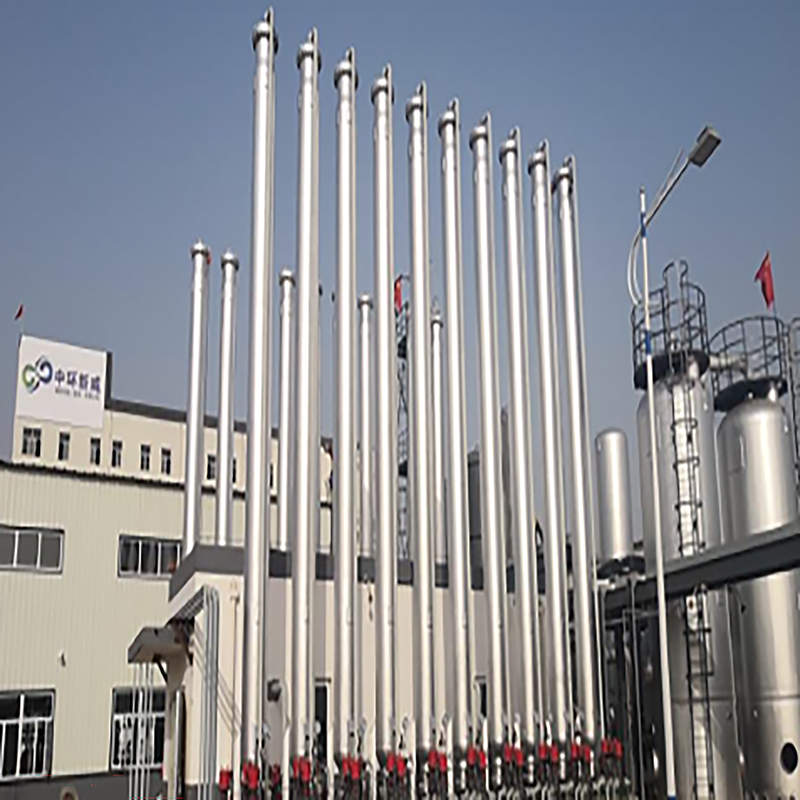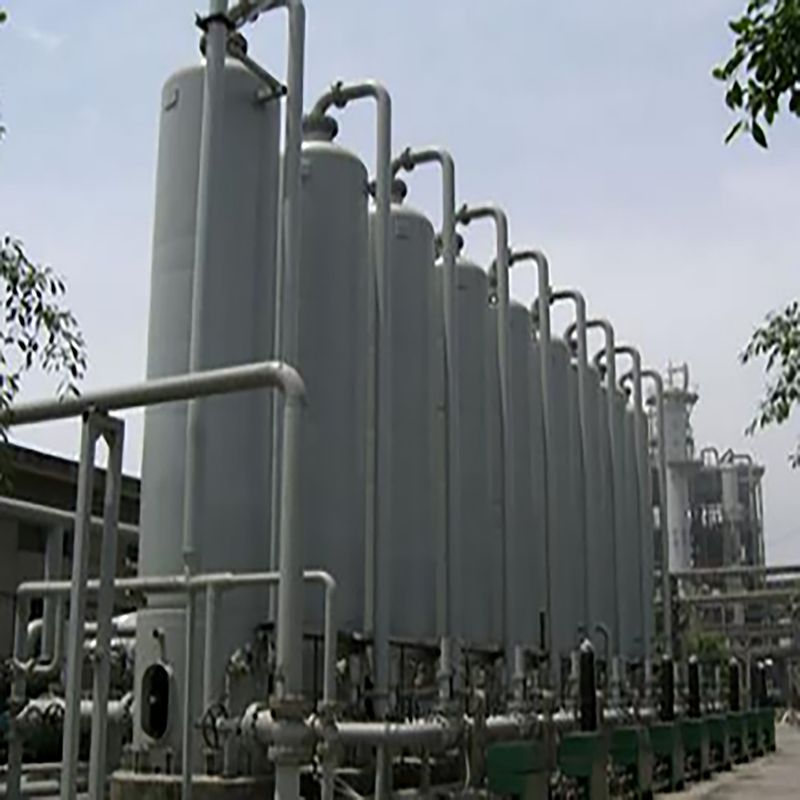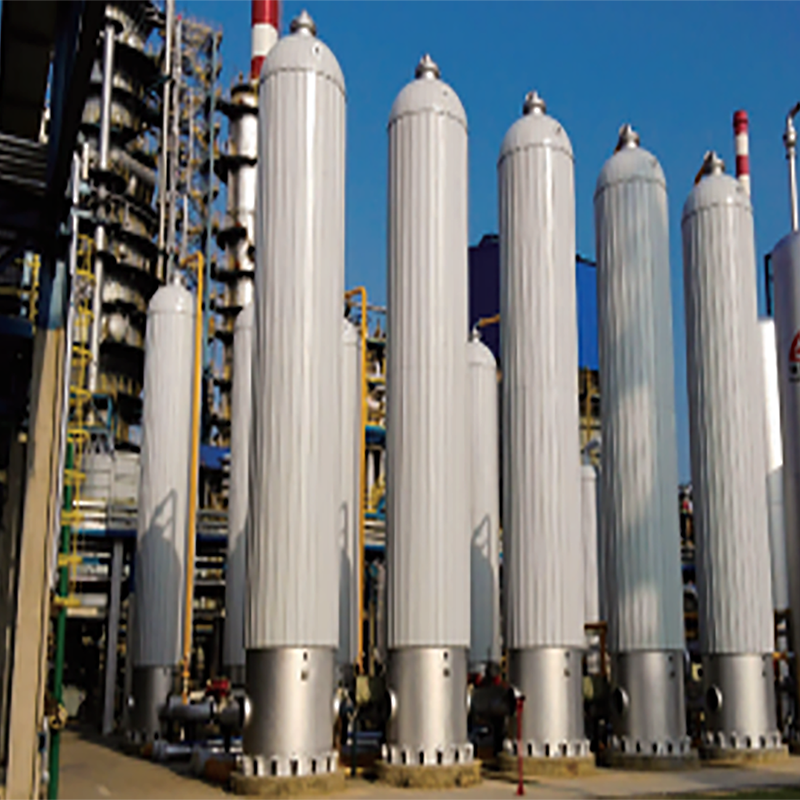High Reliability, High Performance, Low Operating Costs Perfect Field Gas Solution
PSA means Pressure Swing Adsorption. This On Site PSA nitrogen generator is based on following working principle. Compressed air through filtration and purification to remove remnant water, oil, dust, and then enters adsorption vessel filled with molecular Sieve. Oxygen is absorbed by sieve and desired nitrogen passes to output as product as .
Cryogenic oxygen plant ASU can generate only oxygen, or generate both oxygen and nitrogen in gas or liquid form. The working principle of it is that dry saturated air with purifications to remove moisture, impurities entering the lower tower becomes liquid air as it continues to be cryogenic. Physically air is separated, and high purities oxygen and nitrogen are obtained by rectifying in fractionating column according to different boiling points of them.
PSA means Pressure Swing Adsorption. This On Site PSA oxygen gas generator is based on following working principle. Compressed air through filtration and purification to remove remnant water, oil, dust, and then enters adsorption vessel filled with molecular Sieve. Nitrogen is absorbed by sieve and desired oxygen passes to output as product gas at purity 93+/-3% (90%-96%), specially 99.5% purity oxygen is available with a purifier.
Water Electrolysis H2 Generator
The working principle of the water electrolysis hydrogen gas generator is based on electrolysis method. When direct current is applied to an electrolytic cell filled with the electrolyte, the water molecules undergo an electrochemical reaction on the electrode, being separated into hydrogen and oxygen. Then through coolers and separators hydrogen and oxygen are separated, hydrogen being as product gas while oxygen being as waste to atmosphere.
PSA H2 Generator
The PSA hydrogen generator of ammonia decomposition method takes liquid ammonia as the raw material, decompresses through the liquid ammonia pressure reducing valve, vaporizes in the carburetor and enters the decomposition furnace, decomposes at the temperature of 800°C -850°C. After decomposition, the high-temperature gas conducts heat exchange with gaseous ammonia in the heat exchanger, decomposes the gas to cool down, and the gas ammonia recovers the heat and enters the decomposition furnace after heating up. Then a mixture of 75% hydrogen and 25% nitrogen is made. The mixture enters the gas purification system to remove residual water and other impurities, and finally clean hydrogen gas is output.
Natural Gas Feed Method
Natural gas feed method is called Steam Methane Reforming (SMR). It is one of light hydrocarbon raw materials and is the most widely used. For fuel cell application, we have experience in engineering and manufacture for fuel cell grade H2.
Methane Pyrolysis Method
Under the action of the catalyst methanol and water take a chemical cracking transformation decomposition reaction to generate about 75% H2 and about 24% CO2, also containing a minor CH4 and CO. After heat exchange, condensation, and purification of the converted gas, the purified gas is sequentially passed through the adsorption towers filled with various adsorbents to separate and remove CO, CH4, and CO2, and finally the product hydrogen is achieved.
Hydrogen Purification Unit
Hydrogen purification units are used to purify the low purity industrial gases rich in hydrogen to increase their purities to high level for commercial purposes.
